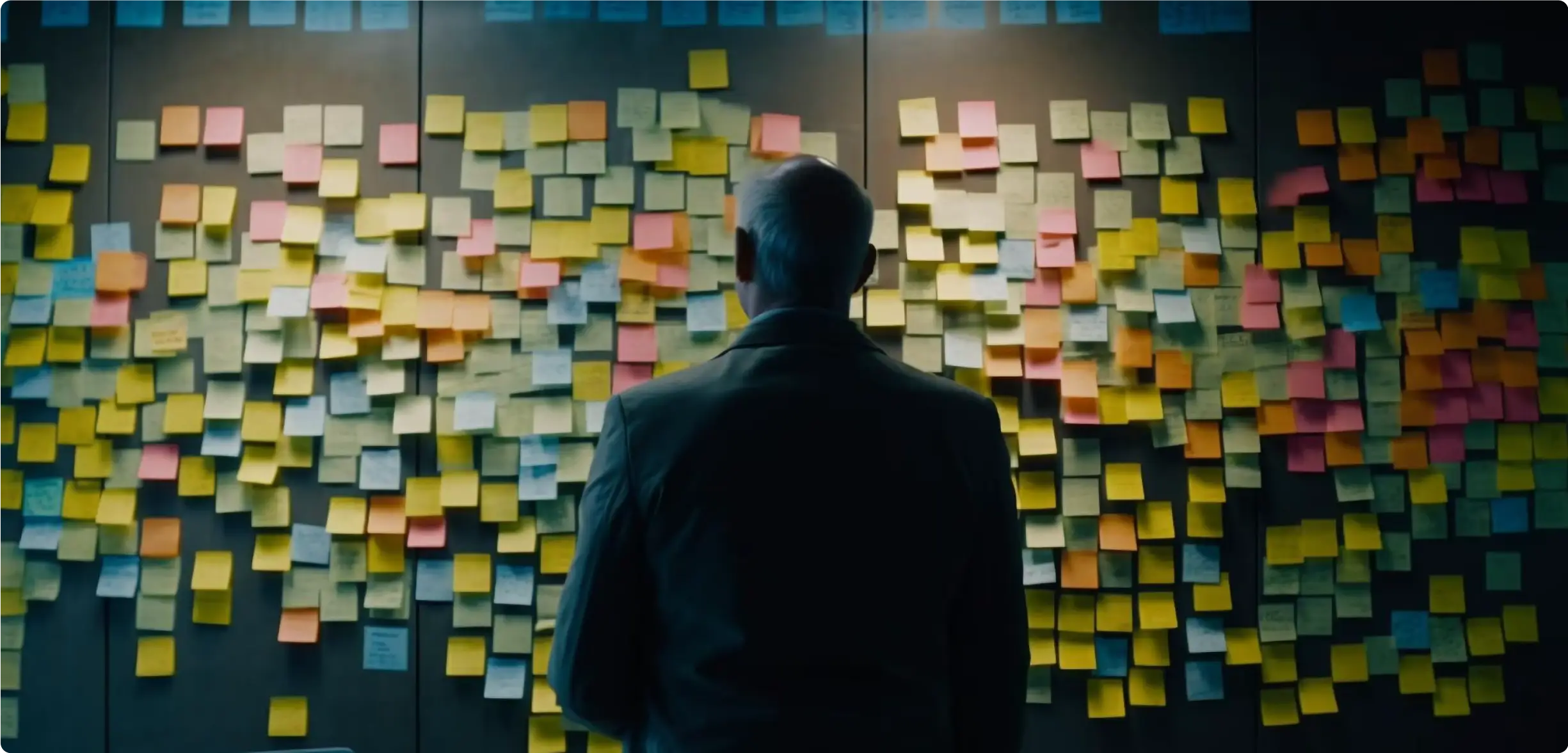
It’s official! The Government of India is taking a stand for fair play in the online world, banning deceptive UX design and trading tactics known as dark patterns, and we at yuj support this decision. “Kudos to the move,” says Samir Chabukswar, Founder and CEO of yuj, who sees this as a much-needed shift towards more ethical design practices.
For too long, user experience has been hijacked by business considerations alone- profit-driven designs, resulting in manipulative strategies prioritizing business gains over user well-being. Samir Chabukswar believes it’s time for a change – a move towards a holistic, responsible design that truly benefits users. Maybe it’s even time for a uniquely Indian design framework.
Dark patterns, those pesky tricks websites use to get you to click where you shouldn’t or agree to things you don’t want, are getting the boot. The Central Consumer Protection Authority (CCPA) has identified 13 shady patterns, from creating fake urgency to adding surprise items to your online cart without permission- and decided that they will no longer be welcome in the virtual world. World-leading expert Jakob Nielsen in a recent article has explained these dark patterns in detail.
These guidelines don’t discriminate – they cover all platforms offering goods and services in India, putting a leash on advertisers and sellers. Engaging in these banned practices can land you in hot water, with hefty penalties under the Consumer Protection Act.
What’s interesting is the collaborative effort behind this initiative. The government consulted with big shots like Flipkart, Google, Reliance, Amazon, and others. They teamed up with The Advertising Standards Council of India (ASCI), law firms, and e-commerce platforms to make sure they cover all bases.
The Need for a New Design Framework
We celebrate the recent initiative by the Indian government, as it signifies a need to shift from (only) business-centric design considerations to embracing a more distinctly holistic Indian design approach.
The field of UX design emerged as a champion for users to ease out ill-effects of online technology. While user goals are a primary consideration in the classical user-centered design (UCD) process, business objectives often override design decisions, leading to compromises in creativity and a failure to fully meet the intended value proposition. This compromises the ability of design to cater to the core needs of users, resulting in a shortfall of user expectations.
There is a need for a new design framework that puts user/consumer experience considerations above par. The need is to develop a holistic, inclusive, responsible design framework. Instead of solely prioritizing profit-centric goals, businesses must now focus on experience-oriented objectives.
Few examples:
- Mental wellness businesses could consider improving mental well-being as priority #1, and let users buy subscriptions only if they realize a long-term value
- Build a networking app to provide and build strong, meaningful connections and relationships that harmonize relationships rather than bombarding them with unwanted ads and clickers
- Consider India’s inclusive digital infrastructure – today this infrastructure creates an inclusive experience of buying anything worth even INR 10 ($1.2 cents)- elevating the experience of millions
In a nutshell, India is making moves towards a cleaner, fairer online playground. The ban on dark patterns is just the beginning, and who knows – we might be witnessing the birth of a brand new era in an experience-focused design framework sooner than we thought!






